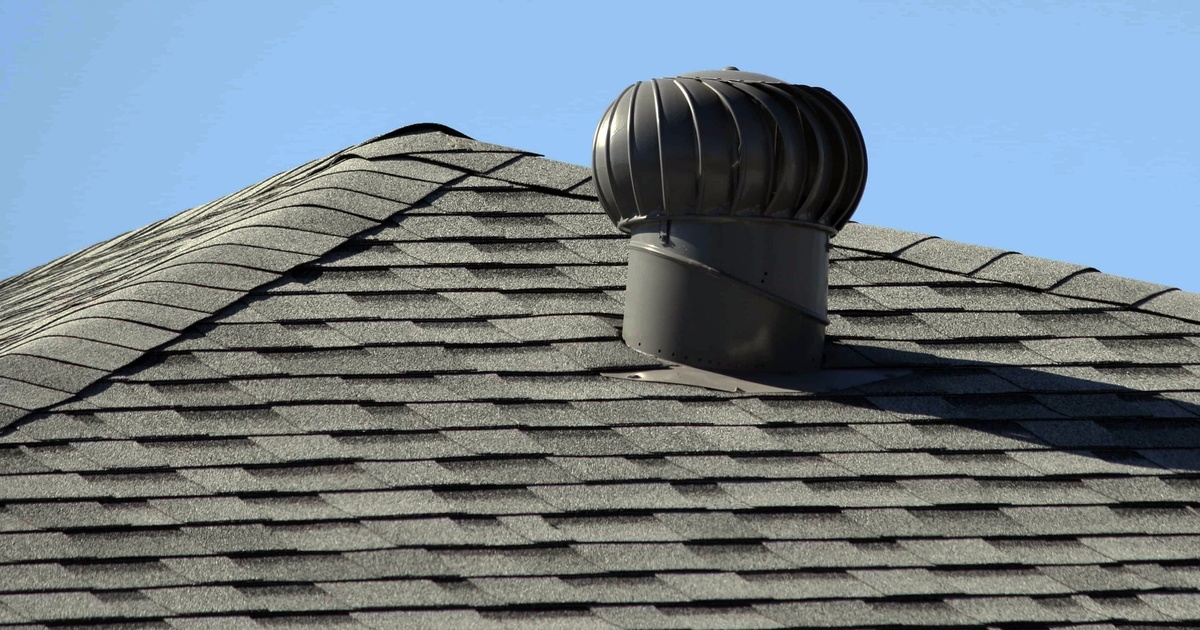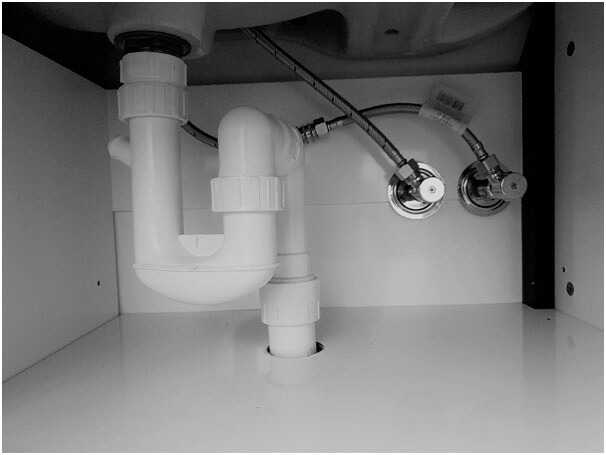Correct Ventilation in Plumbing Systems: What It Is Important
Correct Ventilation in Plumbing Systems: What It Is Important
Blog Article
We have stumbled upon this post about What Is A Plumbing Vent & How Do They Work? below on the web and concluded it made good sense to discuss it with you over here.

Correct air flow in plumbing systems is often ignored, yet it is important for preserving the capability and security of your home's pipes. Air flow aids control air pressure, stop the accumulation of hazardous gases, and ensure the reliable removal of waste. In this guide, we will certainly check out the importance of appropriate pipes air flow, how it works, and the advantages it brings to your plumbing system.
Understanding Air Flow in Pipes
Air flow in plumbing refers to the network of pipes that permit air to flow through the water drainage system. These vents offer several purposes, including controling atmospheric pressure within the pipelines, avoiding sewage system gases from getting in the home, and helping in the smooth flow of wastewater.
How Air Flow Works in Pipes Systems
Atmospheric Pressure Law
Appropriate ventilation preserves balanced air pressure within the plumbing system. When water flows with pipelines, it displaces air. Without adequate ventilation, this displacement can produce unfavorable pressure, causing slow down drains pipes or siphoning of water from catches, which can create undesirable odors to permeate right into the home.
Preventing Sewer Gas Accumulation
Among one of the most critical features of pipes vents is to stop sewage system gases, such as methane and hydrogen sulfide, from gathering within the home. These gases can position major wellness dangers and are extremely flammable. Vent pipelines enable these gases to leave safely outdoors.
Aiding in Waste Elimination
Ventilation aids in the reliable removal of wastewater by stopping airlocks in the water drainage system. When air can stream freely with the vents, it enables water and waste to move smoothly with the pipes, reducing the risk of blockages and back-ups.
Sorts Of Pipes Vents
Key Stack Vent
The main stack vent, likewise known as the air vent pile, is the primary air vent in a pipes system. It extends from the major drain line up through the roofing, permitting gases to get away and fresh air to go into the system.
Branch Vent
Branch vents connect to the main stack air vent and offer specific components, such as sinks, toilets, and showers. These vents make sure that each component has ample ventilation to work correctly.
Air Admission Valve (AAV).
An Air Admittance Shutoff (AAV) is a one-way valve that enables air to go into the plumbing system without the requirement for a typical air vent pipe expanding with the roofing. AAVs are frequently utilized in remodellings or areas where mounting a conventional air vent is not practical.
Indicators of Poor Air Flow in Pipes.
Slow Draining Fixtures.
If your sinks, tubs, or toilets are draining slowly, maybe an indication of inadequate air flow. Insufficient air flow can produce a vacuum effect, making it challenging for water to drain pipes properly.
Gurgling Appears.
Gurgling sounds coming from drains pipes are usually a result of air being drawn via water catches because of negative pressure in the pipes. This is a clear sign of insufficient air flow.
Unpleasant Smells.
Drain smells inside your home are a red flag that your pipes system is not properly ventilated. This could imply that sewage system gases are not being sufficiently aired vent outside, leading to potentially dangerous problems.
Common Ventilation Errors.
Poor Vent Sizing.
Making use of undersized vent pipes can cause inadequate air flow and pressure inequalities in the system. It's essential to utilize vents that satisfy the details demands of your pipes system.
Improper Vent Positioning.
Putting vents as well much from the fixtures they serve can lower their efficiency. Correct positioning guarantees that air can flow freely and successfully through the system.
Ignoring Code Needs.
Building regulations provide specific guidelines for pipes ventilation. Ignoring these codes can cause a system that stops working to operate properly and may result in expensive repairs or carcinogen.
Advantages of Appropriate Air Flow.
Boosted System Efficiency.
Appropriately ventilated pipes systems operate a lot more efficiently, with fewer clogs, faster draining pipes, and less strain on the pipelines. This effectiveness extends the lifespan of the pipes system.
Improved Air High Quality.
By protecting against sewage system gases from entering your home, proper ventilation adds to much better indoor air high quality, making your living environment healthier and more comfortable.
Stopping Water Damage.
Adequate ventilation aids stop water from being siphoned out of traps, which can cause sewage system gases going into the home and causing water damages with time.
Steps to Ensure Proper Ventilation.
Consulting Plumbing Codes.
Constantly get in touch with local plumbing codes when developing or modifying your plumbing system. These codes supply the essential guidelines for appropriate venting and ensure your system satisfies security standards.
Normal Evaluation and Upkeep.
Normal evaluations can assist determine prospective air flow issues before they come to be major issues. Maintenance tasks, such as cleaning up air vent pipes and looking for clogs, are essential for maintaining the system in good working order.
Specialist Installment.
For new setups or significant alterations, it's important to work with a specialist plumber. They have the know-how to make certain the air flow system is appropriately created and set up according to code.
Final thought.
Appropriate ventilation is an important element of any kind of plumbing system, ensuring that it functions efficiently and securely. By recognizing the relevance of air flow, acknowledging the indications of bad ventilation, and taking actions to preserve your system, you can stop expensive concerns and safeguard your home's air top quality.
Understanding the Role of Your Plumbing Vents in the Drainage System
The plumbing system in your home is more than just the kitchen sink, toilet, and bathroom. Some problems that arise within home plumbing are hard to detect because homeowners may not understand potential causes.
One part of the plumbing system that could cause you endless problems is the venting. The drain lines that run through your home and drain wastewater need proper venting to function properly. Faulty plumbing vents can lead to several problems that require the expertise of a plumber to check them out. Before finding experienced plumbing services, there are a few things to learn about plumbing vents.
Why vents are vital
Vents in the plumbing system lead to an outside area such as the roof or the back. The function of these vents is to keep sewer gases away from the drain pipes. They also establish seals in the drainage pipes that prevent the sucking back of waste gases into the home. Venting in the plumbing system also allows oxygen to get into the drainage system, which is an essential component in the breakdown of waste matter. The vents also ensure that the air pressure within the drainage system remains balanced, facilitating the flow of wastewater.
Possible problems
When the plumbing vents are problematic, one of the consequences is imbalanced water levels in the toilet. If you notice that the levels in the toilet bowl rise and fall all the time, then there may be something wrong with the vents.
Another issue is air bubble formation within the toilet. In most cases like these, the drain pipes are not receiving enough air. Lack of air pressure equalization is what leads to water flow problems. If you come across such issues in your home, make sure you call professional plumbers, such as the ones from Perfection Plumbing & Drain Cleaning Ltd.
Potential causes
Several scenarios can lead to some of the plumbing problems that homeowners suffer because of venting. One such scenario is the use of incorrectly sized vents. Usually, vents are the same size as the drain line to facilitate proper venting. Vents that are too small will lead to some plumbing issues. Another potential cause is fixtures that are not close enough to the vents. In this scenario, air forces itself through the traps of other fixtures, leading to gurgling sounds from toilets and sinks.
Most of these problems also happen with clogged vents. Tree leaves and debris can cause clogging when they make their way down a vent. Unclogging plumbing vents is a service that you can entrust to Saskatoon plumbers. They will know how to snake down vents and remove clogging stuck in fixtures.

I found that review about What Is A Plumbing Vent & How Do They Work? when looking around the web. Appreciated our posting? Please share it. Let someone else check it out. Thanks for taking the time to read it.
Click Here! Report this page